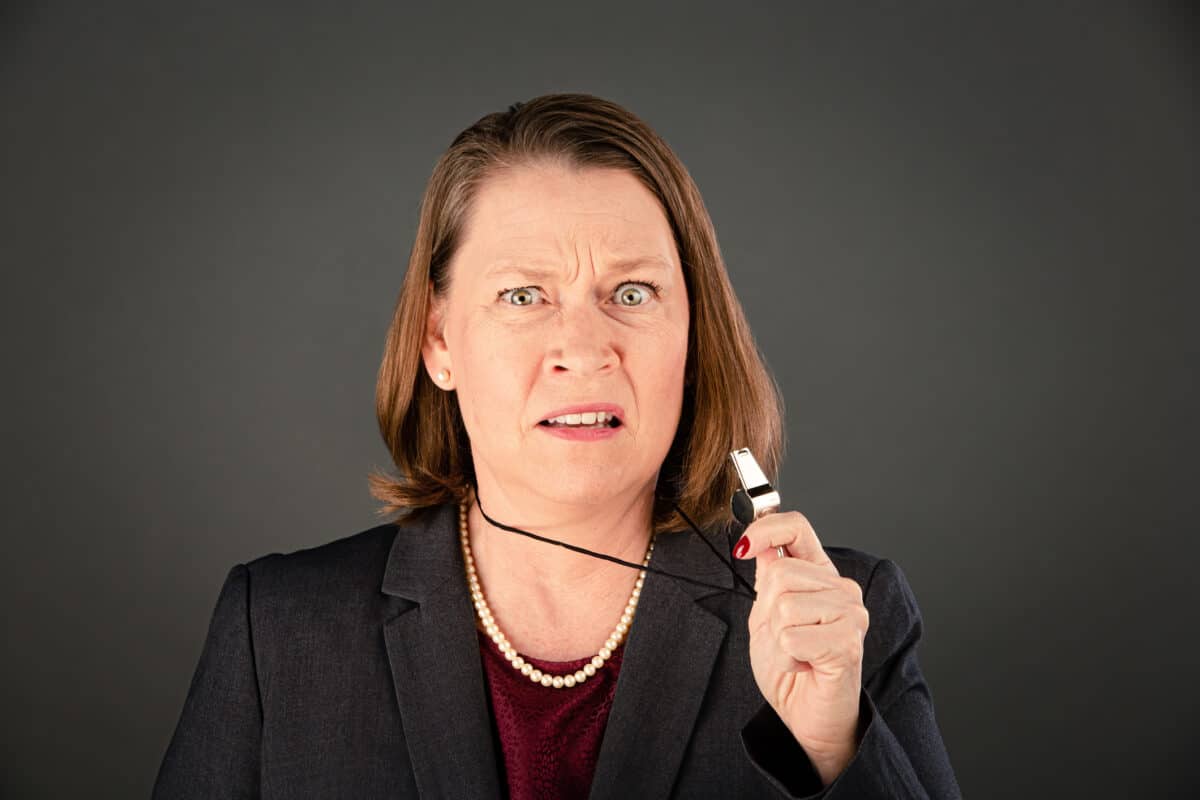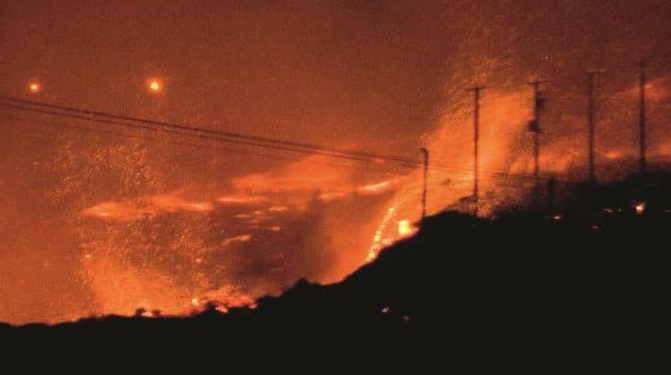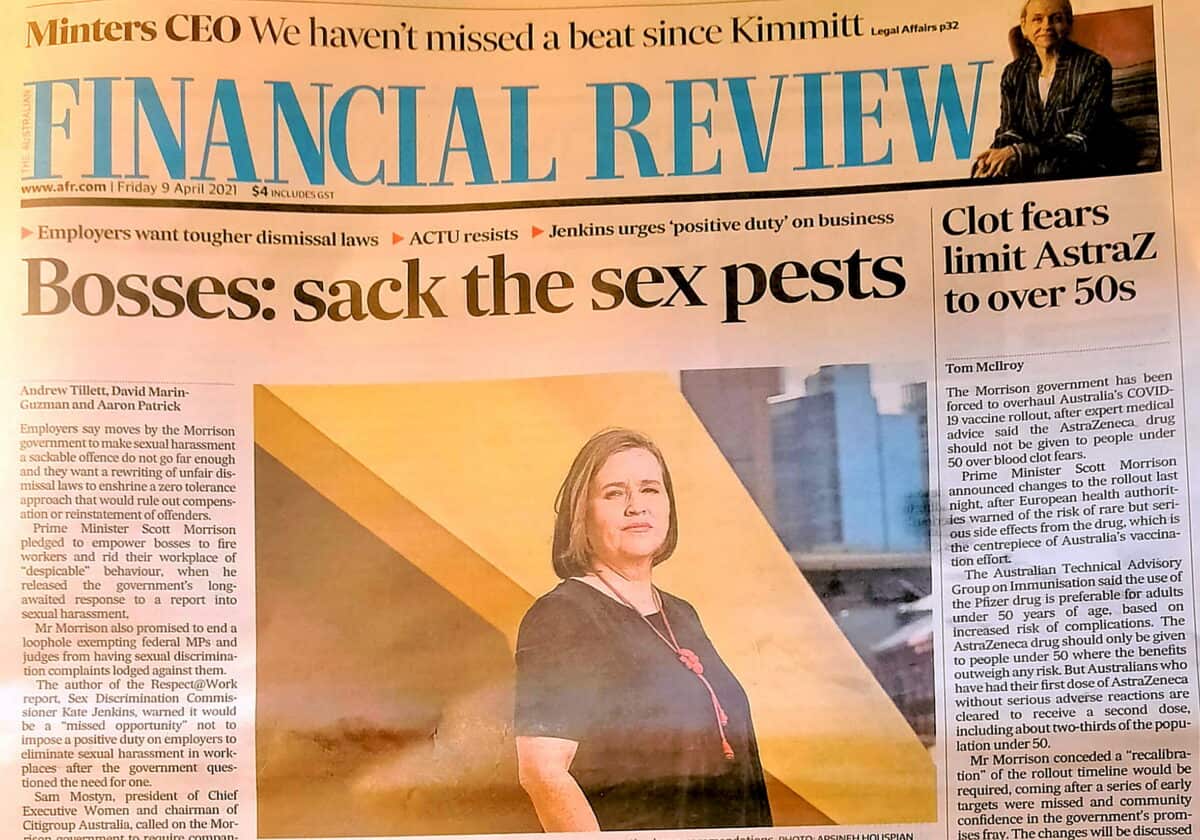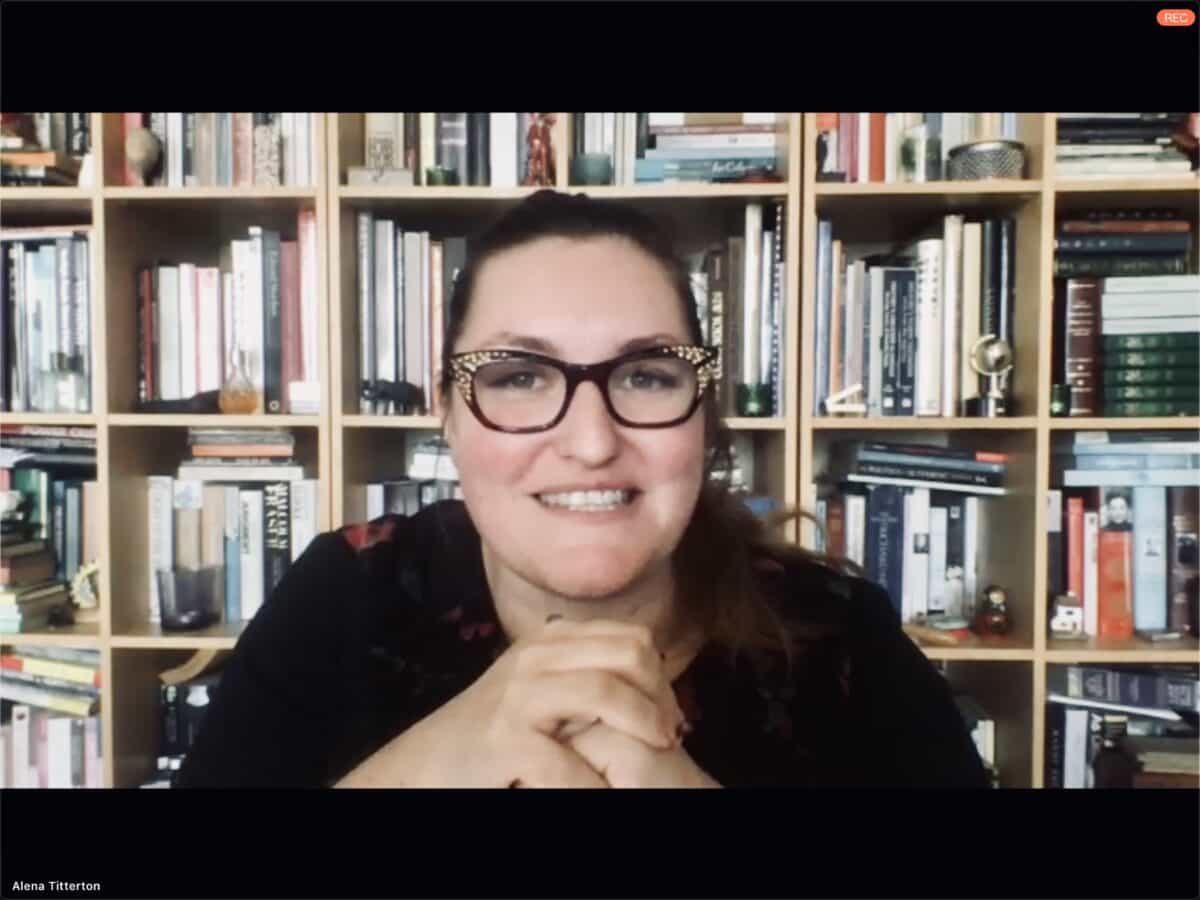Now that Australia is vaccinating its people at a reasonable rate from a very slow start, the issue of mandatory vaccinations for workers has reappeared. Several months ago the issue was more hypothetical but evidence has appeared from England, the United States and Israel about vaccination rates and the resumption of business and work. Australian businesses need to reach a clear position on vaccinations and the return of employees to workplaces, and this will require an assessment of the ethics applied by employers.
The occupational health and safety (OHS) position is remarkably clear but is not really being heard or promoted.
Continue reading “Why would you NOT make COVID vaccinations mandatory?”






